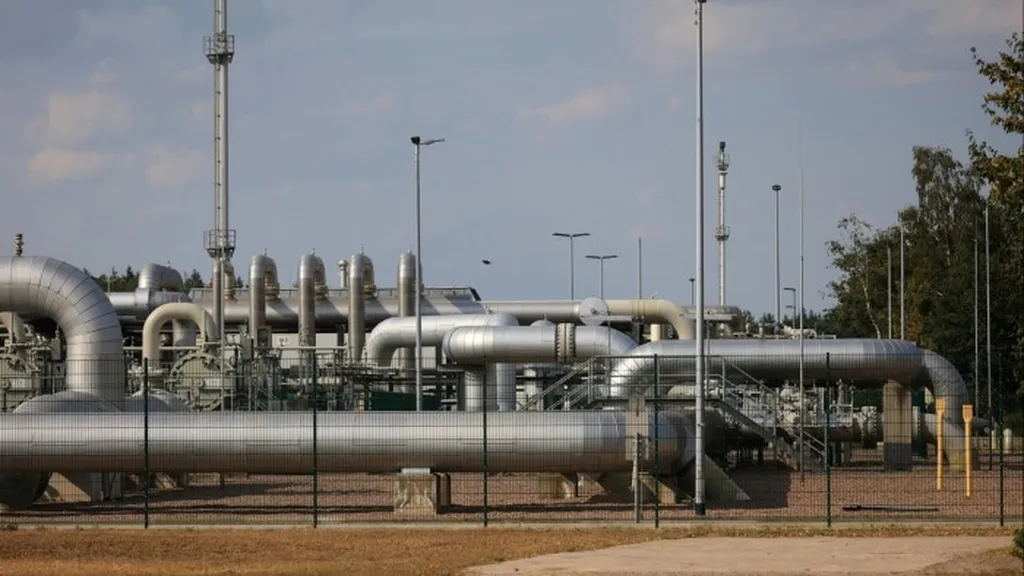In the realm of infrastructure development, a new study is challenging conventional wisdom about the employment impacts of transport infrastructure construction. Heikki Savikko, a researcher from the University of Oulu and Ramboll Finland Oy, has developed a methodological framework that could reshape how we evaluate the employment benefits of major construction projects.
The study, published in the journal *Construction Economics and Building* (translated as *Construction Economics and Building*), evaluates the effectiveness of transport infrastructure projects as a means of boosting employment. Savikko and his team tested three commonly used methods to estimate employment impacts during the construction of three real-life case studies. The results were surprising: while these projects did create jobs, the net impact on national employment was close to zero.
“This is partly due to insufficient labor supply in the infrastructure engineering and construction industries,” Savikko explains. “A higher employment rate on a national level would require an increase in labor supply instead of an increase in labor demand.”
The findings suggest that transport infrastructure construction may not be as effective a tool for national employment policy as previously thought. However, the study also highlights the importance of considering regional impacts. Even if the national net impact is minimal, the gross regional impact can still be significant and useful for project planning.
So, what does this mean for the future of infrastructure development and employment policy? Savikko’s framework provides a more nuanced understanding of the employment impacts of construction projects. By considering both national and regional impacts, policymakers and industry leaders can make more informed decisions about where and how to invest in infrastructure.
For the energy sector, this research could have significant implications. As the industry continues to invest in large-scale infrastructure projects, understanding the true employment impacts of these investments will be crucial. By using Savikko’s framework, energy companies can ensure that their projects are not only economically viable but also contribute positively to local communities.
In the end, this study serves as a reminder that the impacts of infrastructure projects are complex and multifaceted. By taking a more holistic approach to impact assessment, we can ensure that our investments in infrastructure are truly beneficial for society as a whole. As Savikko puts it, “The methodological framework presented in this paper helps to manage the employment impacts of transport infrastructure construction in a proper context.”

